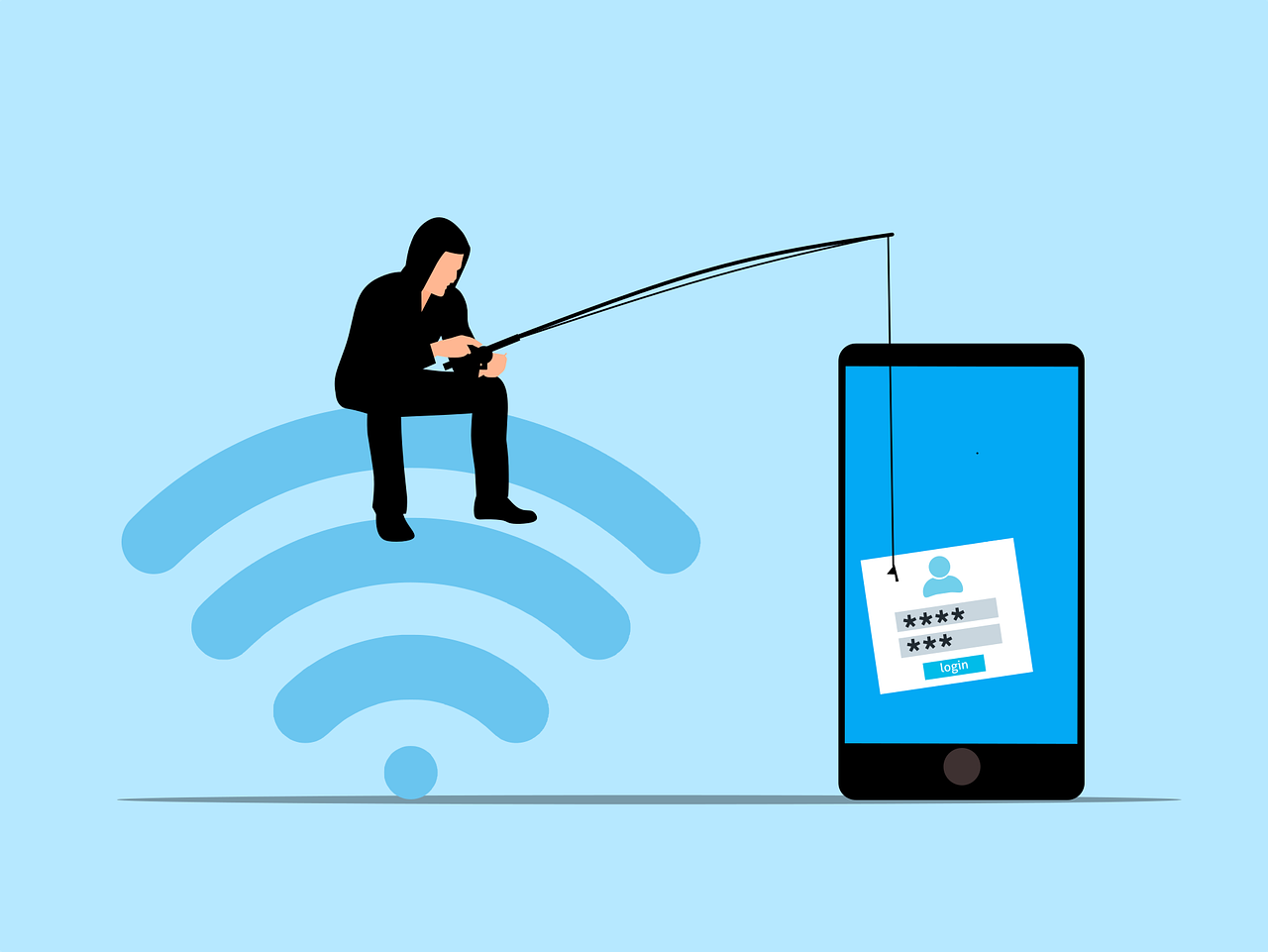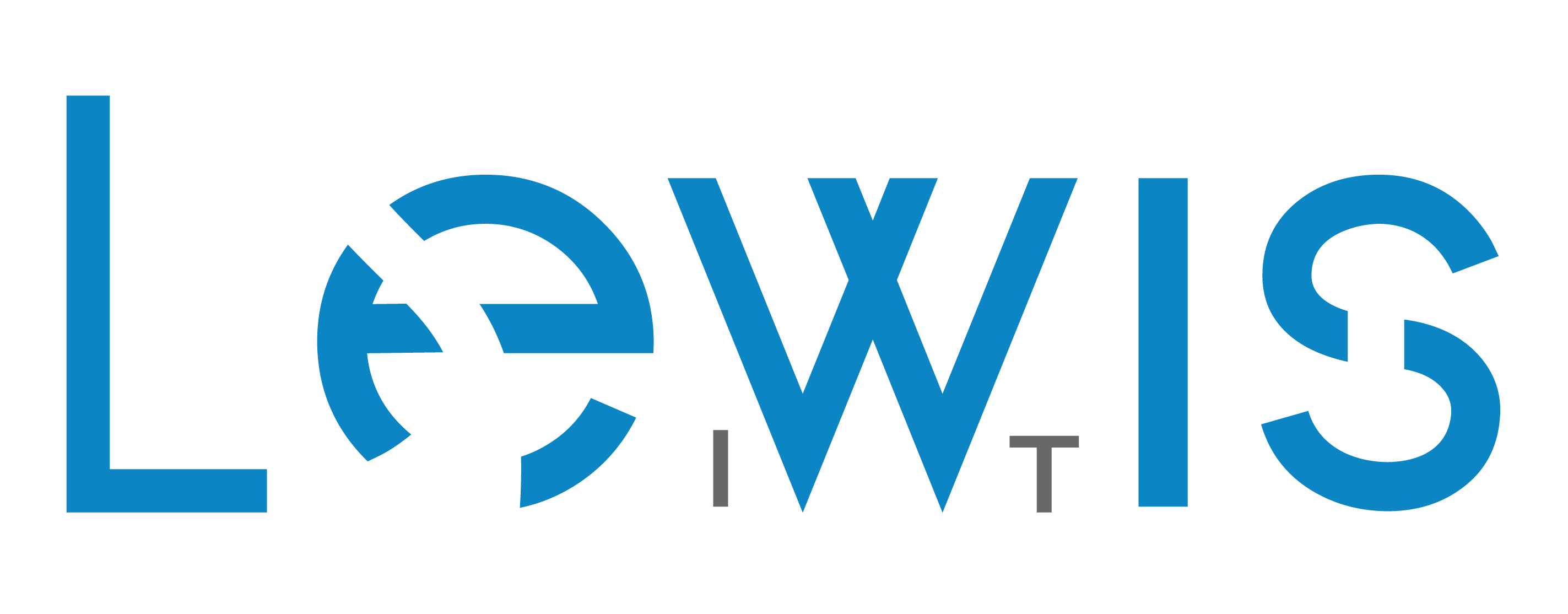AI-Driven Phishing: A New Era of Cyber Threats

Phishing has evolved, and with the advent of AI, it's now more dangerous than ever. Welcome to Phishing 2.0—an advanced, sophisticated threat that's harder to detect and more convincing than traditional phishing methods. As cybercriminals leverage AI to craft realistic and personalized attacks, the need for robust cybersecurity measures has never been greater. Here's how AI is revolutionizing phishing and what you can do to protect your organization.
The Evolution of Phishing
Phishing attacks started out simple, with attackers sending out mass emails hoping someone would take the bait. These emails were often easy to spot, riddled with poor grammar and blatant lies. However, the landscape has drastically changed. AI technology now enables attackers to create highly convincing messages that are difficult to differentiate from legitimate communications.
How AI Amplifies Phishing Attacks
Crafting Realistic Messages
AI can analyze vast amounts of data, studying how people write and speak. This allows cybercriminals to create phishing messages that closely mimic the tone and style of legitimate communications. These AI-crafted messages are more convincing, making it challenging for individuals to identify them as fraudulent.
Personalized Attacks
AI also allows attackers to gather detailed information from social media and other online sources. This data is used to create highly personalized phishing messages that reference specific details about your life, such as your job, hobbies, or recent activities. This level of personalization increases the likelihood that you'll believe the message is real and act on it.
Spear Phishing
Spear phishing is a more targeted form of phishing that focuses on specific individuals or organizations. AI enhances spear phishing by enabling attackers to conduct in-depth research on their targets, crafting messages that are almost indistinguishable from legitimate ones. This makes spear phishing particularly dangerous.
Automated Phishing
AI can automate many aspects of phishing, sending out thousands of phishing messages in a short period. It can also adapt its tactics based on responses. For example, if someone clicks a link but doesn't provide information, AI can automatically send a follow-up email to increase the chances of success.
Deepfake Technology
Deepfakes use AI to create realistic fake videos and audio. Cybercriminals can use deepfakes in phishing attacks, such as creating a video of a CEO requesting sensitive information. This adds a new layer of deception, making phishing attacks even more convincing.
The Impact of AI-Enhanced Phishing
Increased Success Rates
AI-driven phishing attacks are more effective, leading to higher success rates. This means more data breaches, financial losses, and identity theft for individuals and organizations alike.
Harder to Detect
Traditional phishing detection methods often struggle against AI-enhanced attacks. Spam filters may fail to catch these sophisticated messages, and employees may not recognize them as threats. This makes it easier for cybercriminals to succeed in their attacks.
Greater Damage
AI-enhanced phishing attacks can cause significant damage. Personalized attacks can lead to severe data breaches, giving attackers access to sensitive information and disrupting business operations. The consequences can be devastating for both companies and individuals.
Protecting Yourself Against Phishing 2.0
Stay Skeptical
Always approach unsolicited messages with skepticism, even if they appear to come from a trusted source. Verify the sender's identity and avoid clicking on links or downloading attachments from unknown sources.
Look for Red Flags
Be on the lookout for red flags in emails, such as generic greetings, urgent language, or requests for sensitive information. If something seems too good to be true, it probably is.
Use Multi-Factor Authentication (MFA)
Multi-factor authentication adds an extra layer of security to your accounts. Even if an attacker obtains your password, they'll need additional verification to gain access, making it harder for them to succeed.
Educate Yourself and Your Team
Education is critical in the fight against phishing. Stay informed about the latest phishing tactics and share this knowledge with your team. Regular training can help employees recognize and avoid phishing attacks, reducing the risk to your organization.
Verify Requests for Sensitive Information
Never provide sensitive information via email. If you receive such a request, verify it through a separate communication channel, such as a known phone number or email address.
Invest in Advanced Security Tools
Advanced security tools, such as anti-phishing software and email filters, can help detect and block phishing attempts. Ensure your security software is up to date to provide the best protection.
Report Phishing Attempts
Reporting phishing attempts to your IT team or email provider can help improve security measures and protect others from similar attacks.
Enable Email Authentication Protocols
Implement email authentication protocols like SPF, DKIM, and DMARC to protect against email spoofing. These protocols add an extra layer of security to your email communications.
Regular Security Audits
Conduct regular security audits to identify vulnerabilities in your systems. Addressing these vulnerabilities can help prevent phishing attacks and strengthen your overall cybersecurity posture.
Need Help Safeguarding Against Phishing 2.0?
Phishing 2.0 is a serious threat that requires a proactive approach. With AI amplifying the danger, it's crucial to ensure your cybersecurity measures are up to the task. At Lewis IT, we specialize in helping businesses stay ahead of evolving cyber threats. Whether you need an email security review or comprehensive training for your team, we're here to help.
Contact us today to schedule a consultation and learn how we can help protect your organization from AI-driven phishing attacks.
Article used with permission from The Technology Press.

